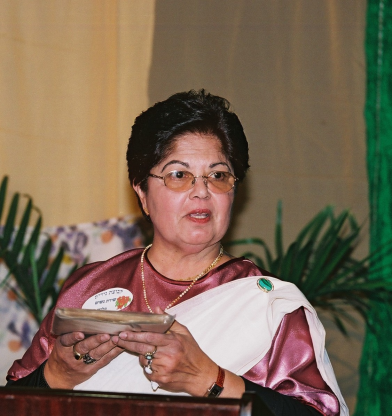The rustic character of this fast Zoock brings the listener back to the celebrative moments of traditional Jewish life. Stutschewsky wrote about this genre in his book on klezmer:
The Zoock was performed especially as a Gas-nigun [Street tune], and rarely did it serve as accompaniment to dance. Its origin is in the Moldavian and Rumanian music. The Zoock has well entered the klezmer repertoire, and several of these genres even carry the names of famous klezmer players. And although the musical essence for these pieces were indeed influenced by the klezmers’ playing and lost some of their Moldavian-Rumanian characteristics, yet it would be fine not to include a musical example to this thesaurus of klezmer music. (Stutschewsky 1959: 216)
This Moldavian and Rumanian dance genre in fast triple meter appeared mainly as a wedding march during street processions. The Zoock carried traits similar to the tripled meter Moldavian Hora mare (extended hora) with emphasis on the first and third beat.[1] The fast metronome indication – quarter = 168-184 – and the drone style accompaniment evoke the imagery of a folk band accompanying a lively dance. An accent is marked on the first beat of each bar only, and in such a fast tempo the pulse on the entire bar.[2]
Each section of this three-part Zoock has a distinctive modal character. While the tonal center of the whole piece is A, there is a constant modal fluidity between A freygish and A gypsy or “oriental” (A freygish with an additional augmented second between the 6th and 7th tones).[3] The sustained fifth sonority at the four opening bars in the piano renders a double meaning: it creates a village-dance imagery while obscuring the A tonality with an implied D minor. Throughout the ostinato rhythmic accompaniment, Stutschewsky introduces modern and at the same time rustic dissonances.[4]
If the opening part features a repeating A note, a motivic liaison to the previous number, the second part unleashes a seventh leap in eighth notes matched with a more active and dissonant accompaniment than in the first part. The third part is different in character. Its melody is more lyrical and linear, with a sustained G major tonal center. The accompaniment breaks away from the previous ostinato rhythmic pattern going to an upwards swirl of a broken G major triad. This part ends on A major, leading back to the opening of the tune.
________________________________
[1] For comparisons between the different triple-metered klezmer tunes: zhok, gas nigun, hora mare see, Feldman 2016: 218– 9.
[2] More about the instrumentation of the original klezmer bands see Stutschewsky 1959: 76–8.
[3] More about the klezmer modes in Stutschewsky 1959: 202–9.
[4] Stutschewsky was especially interested in the dissonance sound within the folk tunes and referred to an early transcription of a Jews’ Dance based on sustained drone of seventh, see example in Stutschewsky 1959: 100.





